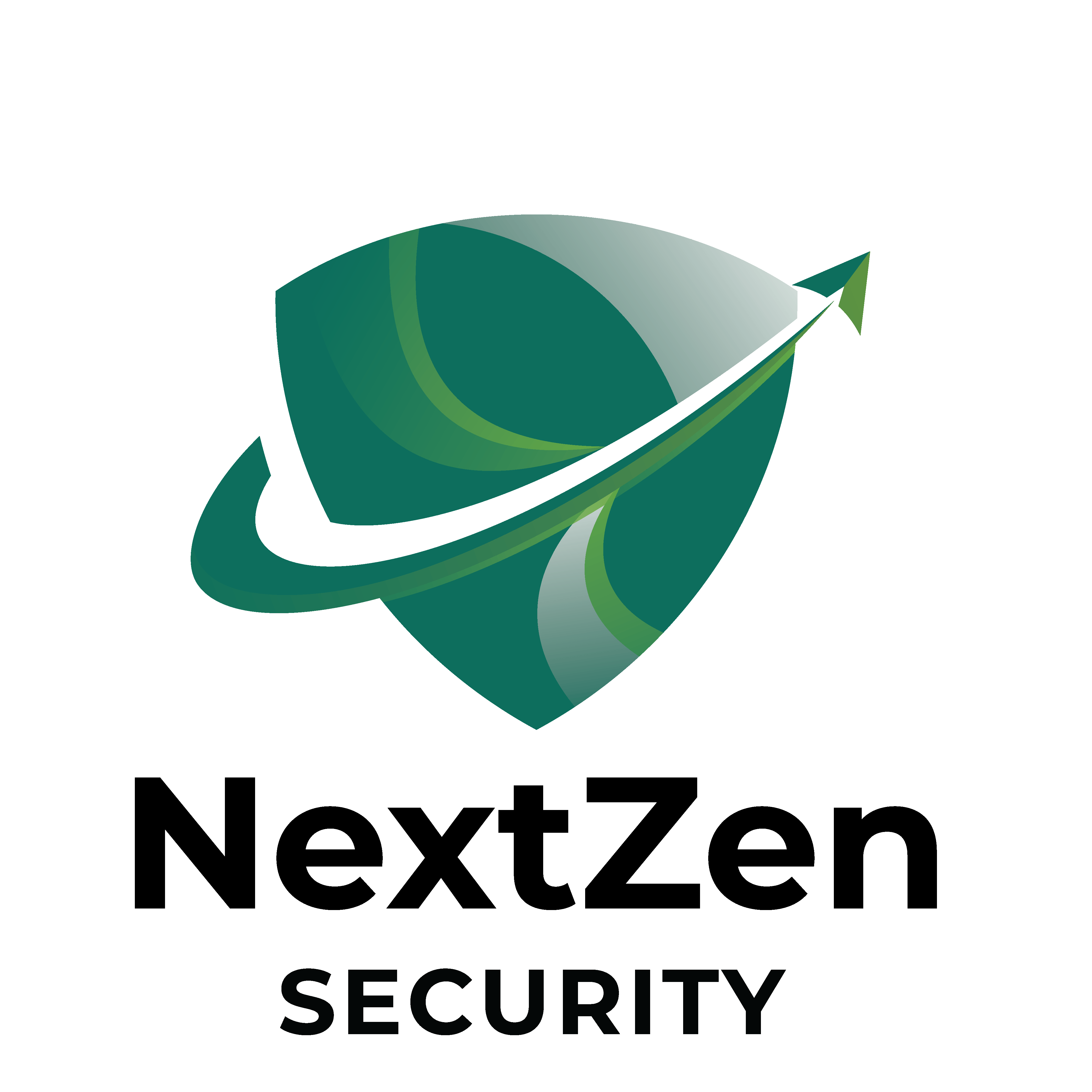Comprehensive Guide to Threat Hunting Strategies in Cybersecurity
Introduction
In an era where cyber threats rapidly evolve, threat hunting strategies have become indispensable for mid to large-sized enterprises across the USA, Canada, Australia, and New Zealand. By proactively searching for potential security threats within their networks, enterprises can identify and mitigate these threats before they result in significant damage.
Understanding Threat Hunting
Threat hunting is an active information security process aimed at discovering and mitigating threats that evade existing security measures. It’s characterized by proactive and iterative threat hunting strategies where security teams hypothesize about potential security incidents, rather than passively waiting for alerts from security tools.
Key Components:
Proactive Search:
Teams actively search for hidden threats that automated systems might miss.
Hypothesis-Driven:
Hunters use intelligence and knowledge about adversaries to form hypotheses about potential threats.
Human Element:
Despite advancements in AI and machine learning, skilled cybersecurity professionals are crucial for interpreting complex data and discerning subtle anomalies.
Strategic Framework for Threat Hunting
Developing a structured approach to threat hunting strategies can significantly increase their effectiveness.
Steps in the Threat Hunting Process:
- Hypothesis Development: Begin with educated guesses based on threat intelligence, recent security incidents, or observed anomalies.
- Environment Familiarization: Understand the normal operations and traffic patterns to spot deviations that may indicate a compromise.
- Data Collection and Analysis: Utilize SIEM systems, logs from endpoints, and network traffic to gather data that might contain signs of potential threats.
- Incident Remediation and Strengthening Defenses: After identifying and isolating the threat, promptly remediate it and use the knowledge gained to bolster defenses against future attacks.
Tools and Techniques for Effective Threat Hunting:
To effectively safeguard against sophisticated cyber threats, enterprises must utilize a comprehensive suite of tools and techniques. These not only facilitate the proactive identification of potential threats but also enhance the overall security posture of an organization. Here’s a deeper dive into the essential tools and techniques used in threat hunting strategies.
Essential Tools for Threat Hunting
SIEM tools are crucial for threat hunting strategies as they aggregate and analyze data from various sources across the network. These tools collect security data from network devices, servers, domain controllers, and more, providing a holistic view of an organization’s security landscape. The real-time monitoring and historical analysis of this data help in detecting unusual patterns and anomalies that could indicate the presence of a threat.
EDR tools are deployed on network endpoints to continuously monitor and collect data concerning potentially malicious activities. These tools play a crucial role in identifying and responding to threats that have bypassed other security measures. EDR solutions can detect a range of activities, from unusual file changes to suspicious network connections.
Threat Intelligence Platforms:
These platforms enhance threat hunting strategies by providing updated information about the latest cyber threats, including details on threat actors, their tactics, techniques, and procedures (TTPs). Armed with this information, threat hunters can better identify potential threats that align with known bad actor behaviors.
Advanced Techniques in Threat Hunting
Behavioral Analytics:
This technique employs machine learning algorithms to analyze data gathered from network and application logs to detect anomalies in user behavior. These anomalies could be deviations from normal access patterns or unusual file or network operations that suggest malicious intent.
- Applications:
- Detection of insider threats
- Identification of compromised accounts
- Early warning for data exfiltration attempts
Memory Analysis:
Memory analysis is critical in detecting malware or other malicious artifacts that reside in the memory of devices and may evade detection by traditional antivirus solutions. By analyzing the memory dumps, threat hunters can identify unknown or obfuscated code that is actively running on a system.
- Applications:
- Uncovering resident malware in system memory
- Identifying rootkits and other stealthy threats
- Investigating memory-based fileless malware
Deception Technology
By setting traps or decoys that mimic legitimate technology assets, deception technology misleads attackers into engaging with these instead of real assets. This not only diverts the attacker but also alerts defenders to the presence of an intruder.
- Capabilities:
- Creation of honeypots and decoy systems
- Engagement of attackers to reveal their methods
- Minimal false positives due to intentional interaction
Automated Hunting
Leveraging automation in threat hunting helps to manage the vast amount of data and alerts generated in large environments. Automated scripts and tools can perform the initial data analysis to identify potential threats, allowing human hunters to focus on investigating and responding to complex threats.
- Benefits:
- Efficient handling of large data sets
- Quick identification of potential threats
- Reduction in response time to incidents
NextZen Security: Enhancing Your Cybersecurity Posture
NextZen Security specializes in integrating these advanced tools and techniques into your existing cybersecurity infrastructure. Their expertise in cybersecurity solutions ensures that your enterprise is equipped with cutting-edge defenses against both known and emerging threats. By opting for a cyber consultation with NextZen, you can explore customized solutions tailored to your specific needs and challenges.
For more detailed information on how NextZen Security can help you elevate your threat hunting strategies, contact us today.
The combination of expert knowledge, advanced tools, and strategic implementation makes NextZen Security an invaluable partner in strengthening your cybersecurity framework.








